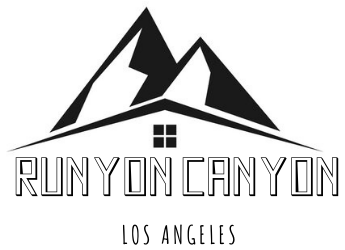What are conditions like in refugee camps?
The conditions of settlements are often very poor with deficiencies in basic supplies (water, electricity, and/or shelter). The survey reveals that, despite their generally young age, more than 50 per cent of the foreign nationals living in informal settlements have had health problems recently.
Does Philippines accept refugees?
“The Philippines will not hesitate to admit individuals fleeing their homelands because of fear of persecution. So asylum seekers are welcome in the Philippines,” said Roque during his regular Malacañang press briefing.
Where did Cambodian refugees go?
Many of the Cambodian refugees initially fled to neighboring Thailand. There, they were put in refugee camps in which they endured poor conditions. Although some Cambodians remained in Thailand, thousands eventually were permitted to come to the United States at the beginning of the 1980’s.
Is it safe in a refugee camp?
Refugee camps are often found close to the borders of neighbouring countries. Although camps are designed to offer protection and refuge, people living in camps often continue to remain at risk and in danger. Camps can also be very overcrowded.
What do they eat in refugee camps?
The WFP “food basket” of rations provided to refugees from the crisis is made up of staple ingredients and a corn soya blend fortified with nutrients. An entire day’s ration comes to 2,178 calories per person.
Are there any Filipino refugees?
Filipino refugees are persons originating from the country of the Philippines….Refugees of the Philippines.
| Total population | |
|---|---|
| ~80,000 | |
| Regions with significant populations | |
| Malaysia | 80,000 (UN estimate) |
| Indonesia | 544 (2014) |
What country accepted the most Cambodian refugees?
Indochinese resettled and repatriated
| Country | Vietnamese (including Hoa, Montagnard) | Cambodians |
|---|---|---|
| United States | 883,317 | 152,748 |
| Vietnam | 320,000 | |
| China | 263,000 | |
| Canada | 163,415 | 21,489 |
Where are the most Cambodians?
Demographics. The states with the highest concentration of Cambodian American residents are Rhode Island (0.5%; 5,176), Massachusetts (0.4%; 25,387), Washington (0.3%; 19,101), California (0.2%; 86,244), and Minnesota (0.2%; 7,850).
What are the problems with refugee camps?
distance and lack of communication with families in the home country and/ or countries of asylum (particularly if/where the family remains in a conflict situation) ongoing mental health issues due to trauma, including survivor guilt. financial difficulties. visa insecurity (temporary visa holders)
